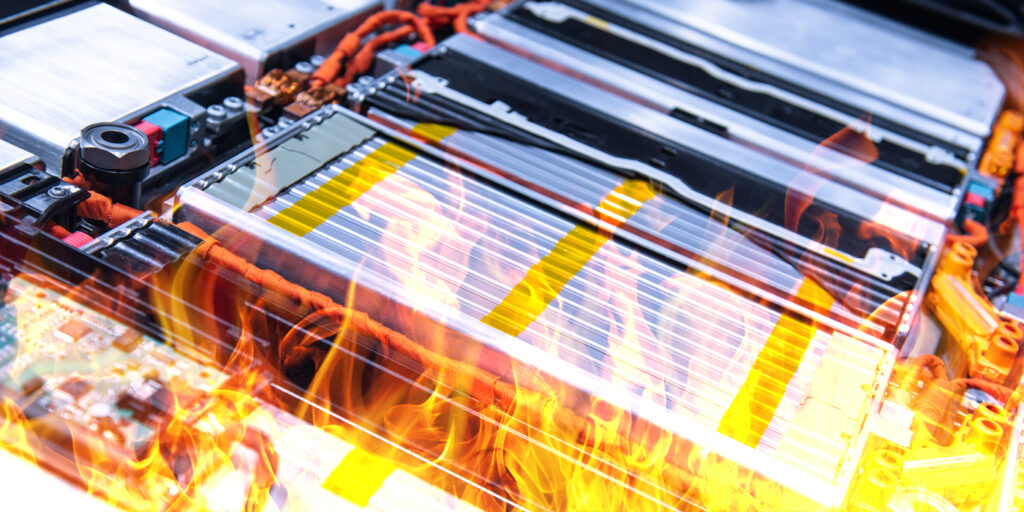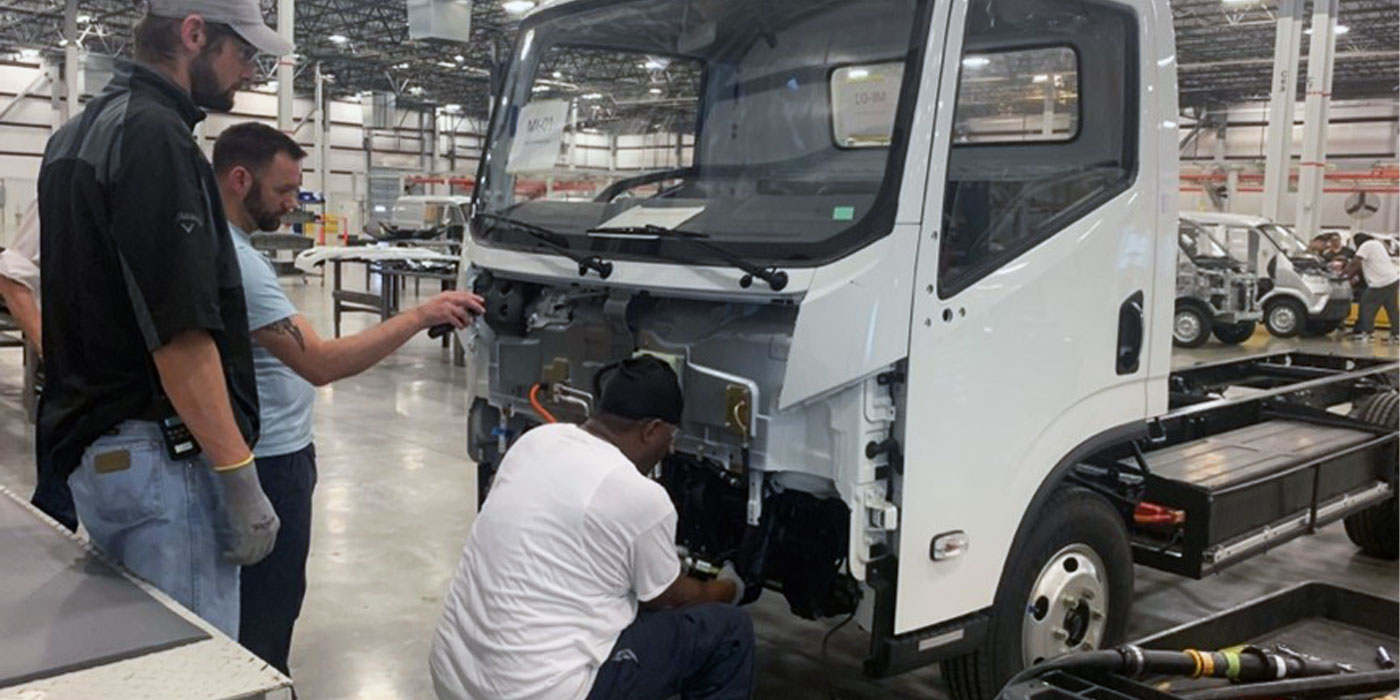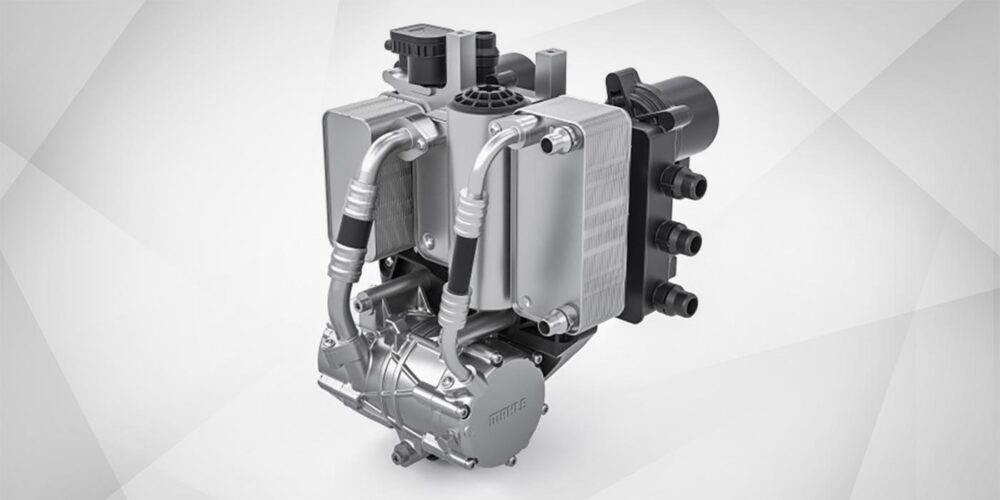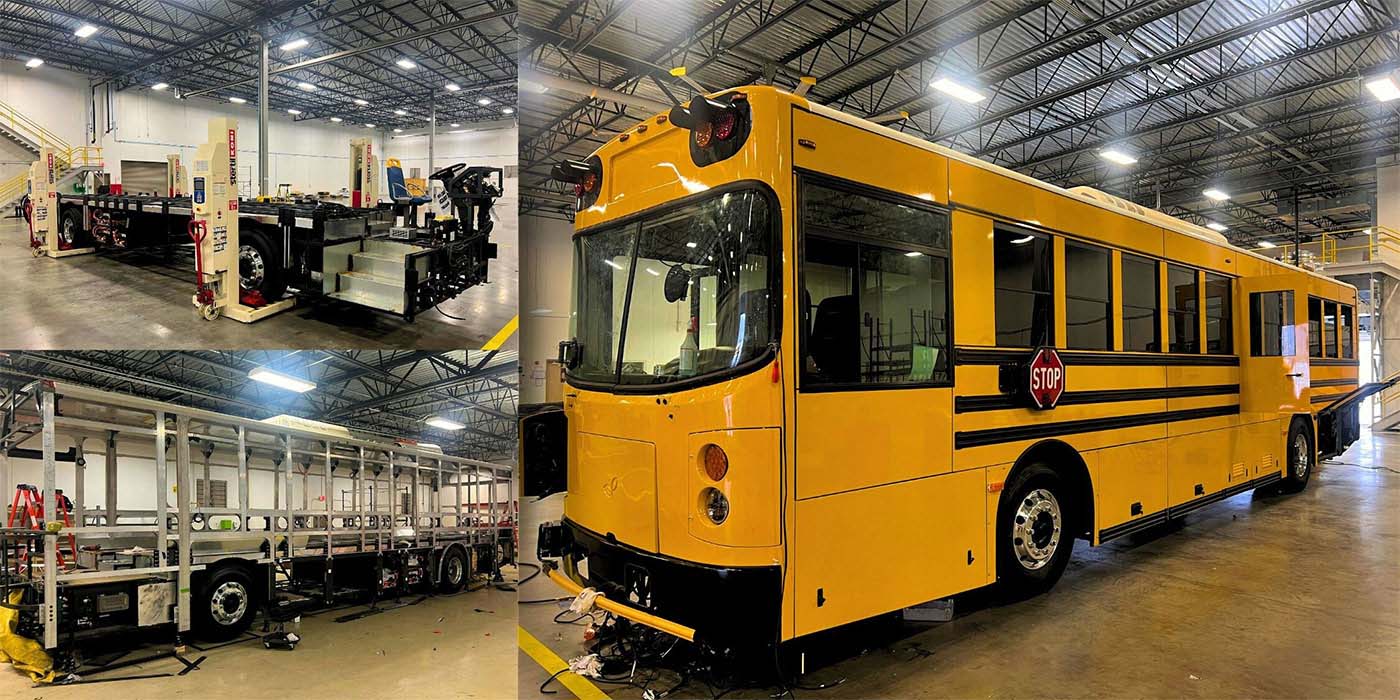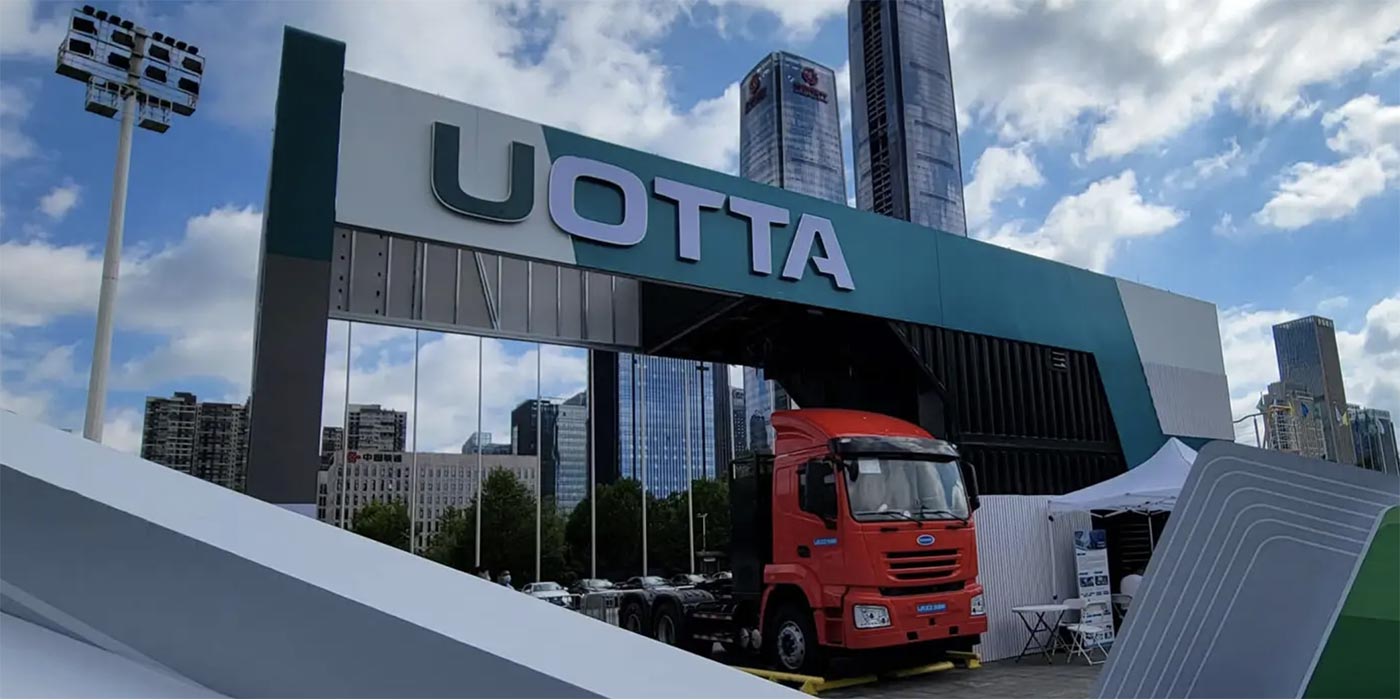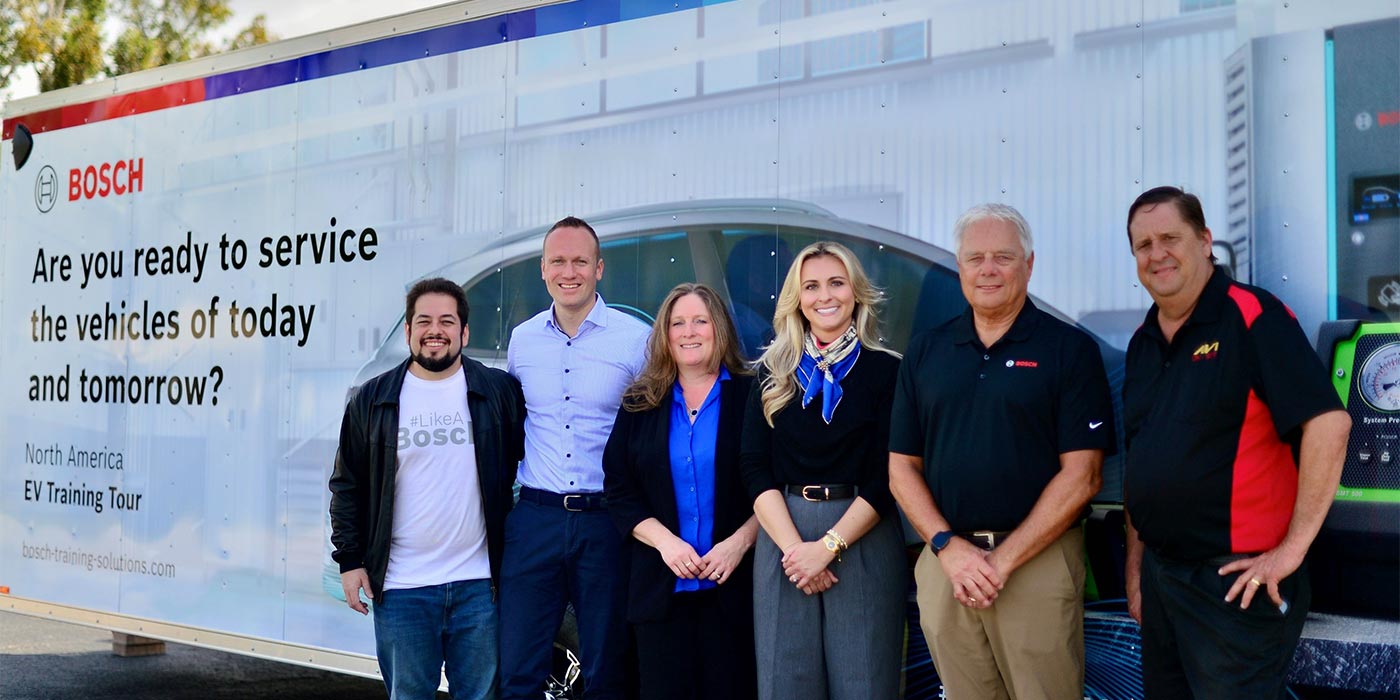GM’s first recall of the Bolt in 2020 was a significant milestone in the electric vehicle (EV) industry; approximately 69,000 cars produced between 2017-2019 were recalled for potential battery fires, according to new research by IDTechEx. The “solution” was a software update limiting the battery capacity to 90% and an inspection of the battery, IDTechEx says.
In 2021, two more Bolt’s have caught fire, both of which had the recall. Continued investigation between GM and LG Chem has determined the cause is the “presence of two rare manufacturing defects in the same cell.” This has prompted another recall by GM to replace the battery modules. IDTechEx says this recall is said to cost GM in the region of $11,000 per vehicle, totaling nearly $800 million. Hyundai and Ford have also implemented recalls due to risks of battery fires.
While OEMs and governments are setting out bold electrification targets for the automotive industry, these high-profile recalls and fires do little to instill confidence for potential consumers making the shift to EVs. IDTechEx says that analysis from various sources, such as Pinfa (Phosphorous, Inorganic and Nitrogen Flame Retardants Association), actually shows that fires in EVs are less common than those in traditional combustion vehicles.
IDTechEx’s recent report “Thermal Management for Electric Vehicles 2021-2031” addresses several aspects around the thermal design of EVs including fire occurrence, detection and prevention. The key issue is that EV fires tend to be much more severe and attract a lot more press. A Hyundai Kona fire in 2020 blew the roof off the garage in which it was stored. Whilst a fire might be expected after a crash or damage to the battery, a large proportion of EV battery fires occur when the vehicle is parked, not driving or charging, and with no obvious trigger. Research from IDTechEx shows that approximately a third of EV fires occurred in this situation.
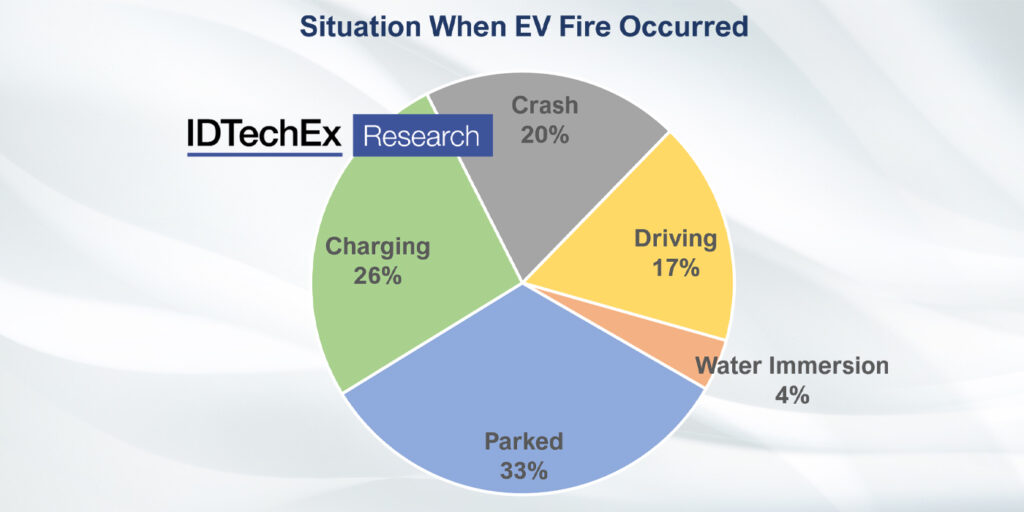
This presents an opportunity for those material suppliers making thermal interface materials (TIMs), flame-retardant materials, or fire protection materials. TIMs can help with the thermal management of EV batteries making it less likely they will overheat. Fire-retardant construction materials and fire protection materials are beneficial to enclose a fire or prolong the time between a thermal runaway event and the fire exiting the battery pack.
Pack-level fire protection solutions in the EV industry to date include ceramic blankets, aerogels and fire-resistant coatings, all of which have benefits and trade-offs between melting temperature, thickness, weight, and cost. Additionally, there is a whole portfolio of fire-retardant polymers used within EV battery packs including silicones, polycarbonates, polyimides, polyesters and more. The variety of applicable materials and the growing, potentially huge, EV market represents a major target for many players along the supply chain for EV materials, from raw ingredient suppliers to material formulators and suppliers.

